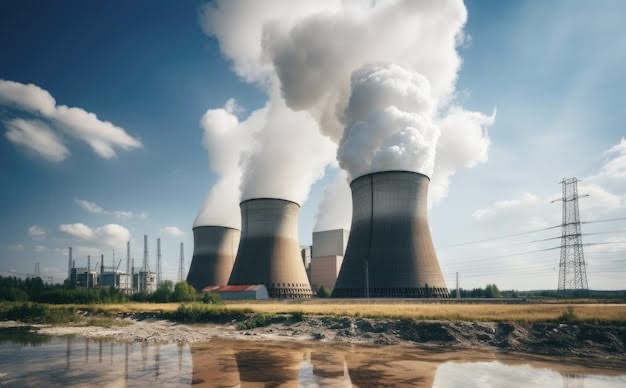KEY POINTS
- Eskom secures 54 billion-rand ($3.1 billion) settlement with regulator, unlocking bigger tariff hikes.
- Electricity prices will climb 8.76% from April 2026, up from the 5.36% previously allowed.
- Analysts warn the increase could fuel inflation and weaken household and industrial demand.
Following a multibillion-rand settlement with the country’s energy watchdog, South Africa’s troubled power utility Eskom Holdings SOC Ltd. has obtained regulatory approval to raise electricity tariffs by more than initially permitted.
The action runs the risk of escalating inflation and further dividing customers who are already under stress due to exorbitant living expenses and unstable electricity supplies.
Late on Wednesday, Nersa, the South African National Energy Regulator, announced that Eskom could raise tariffs by 8.76% for the fiscal year starting on April 1 rather than the 5.36% increase that was initially authorized.
The higher adjustment comes after a months-long dispute over how much Eskom should be permitted to recover from customers was resolved with a settlement worth 54 billion rand ($3.1 billion).
Tariff Relief for Eskom, New Pressure for Consumers
After years of battling creditors, investors, and regulators over its precarious financial situation and ability to maintain power, the decision represents a rare win for Eskom. The utility, which was formerly a representation of South Africa’s industrial might, has suffered from rolling blackouts, outdated coal-fired plants, and a debt load of more than 400 billion rand.
The price increase causes new suffering for businesses and households. Over the last ten years, electricity prices have already skyrocketed, which has hurt consumer spending and reduced the competitiveness of energy-intensive sectors like manufacturing and mining. At a time when South Africa’s central bank is only cautiously indicating room to ease borrowing costs, economists caution that the most recent settlement could increase inflationary pressures.
“Every additional rand spent on electricity filters through the economy,” said Nomvula Maseko, an independent energy economist based in Johannesburg. “It hits the poor hardest, but it also weakens growth prospects for the broader economy.”
Eskom contends that in order to stabilize operations and fulfill its obligations to creditors, the higher tariffs are necessary. As the government considers proposals to diversify the energy supply, speed up investments in renewable energy, and restructure governance at the indebted monopoly, the utility continues to play a crucial role in the nation’s economic future.
Eskom’s cash flow crisis may be alleviated by Nersa’s recent reprieve, but it highlights a larger problem for South Africa: how to strike a balance between the utility’s financial recovery and the hardships faced by consumers.



